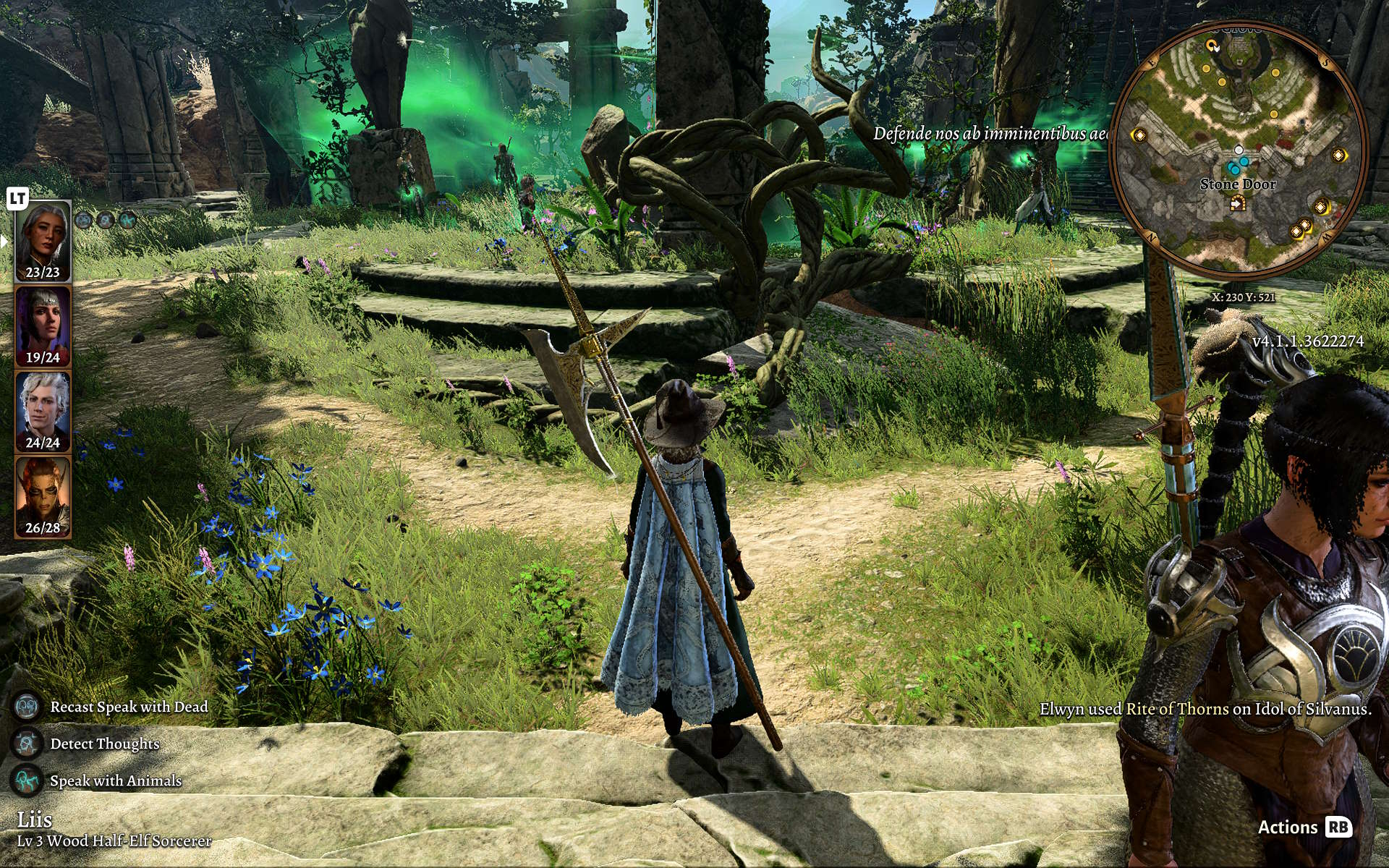
Okay, I'll admit, right up front, that I feel like a bit of a traitor to my PC gaming kin for doing this, but my entire Baldur's Gate 3 playthrough is going to be run using the controller settings. I promise it's not out of a sense of misplaced contrarianism; I'm just having a mid-life crisis over here and retreating to the couch for this 100+ hour epic.
I've paid my dues straining my spine, hunched over my desk, fingers cramping over the WSAD keys, holding my mouse in a claw-like grip. This time around I'm treading a different path.
No, I'm not ditching the PC for the PS5—I'm not that much of a traitor—it's just that Larian has done such an outstanding job translating its deep and rich control system to the buttons and sticks of a standard game controller.
It's slick, instantly accessible without having to dive into the options menu because the game just recognises you're suddenly using a pad. And, most importantly, it doesn't take anything away from my experience.
If anything, it's adding to it. I'm playing it almost like a third-person RPG in the mould of Mass Effect and KOTOR, with the camera swooping in close behind my main character as I directly control her adventures in the Forgotten Realms. The beauty of what Larian has done with the control design is that you can still do almost everything you can with the mouse and keyboard option, and so you're not restricted to that tight view, you can still zoom way out for a completely top-down view.
And you can instantly disengage direct control, too, in favour of the more familiar point and click style, using the analogue stick to shift the circular cursor around. That makes it easier in densely packed areas to pick out individual bits of loot to stuff in your back pocket.
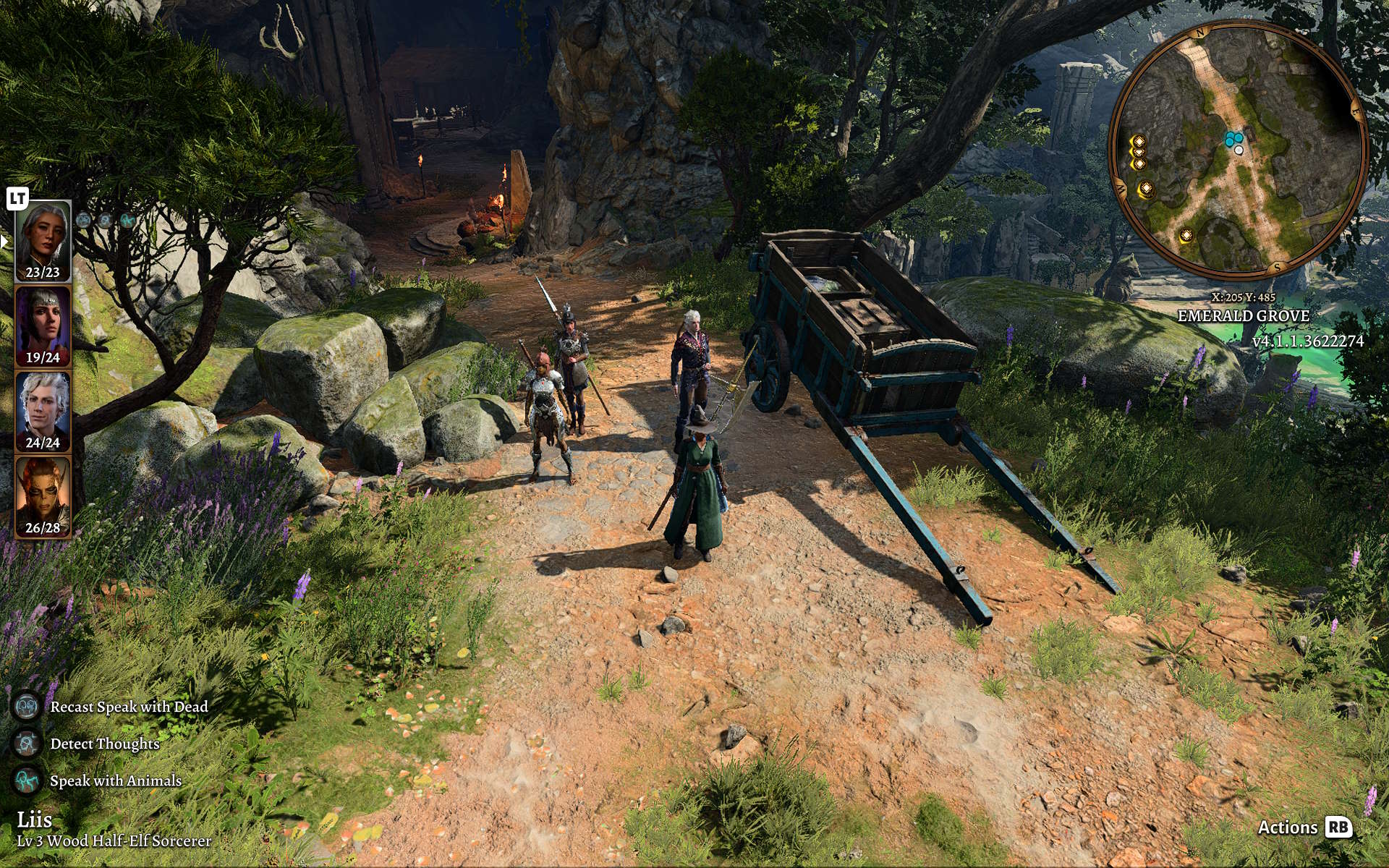
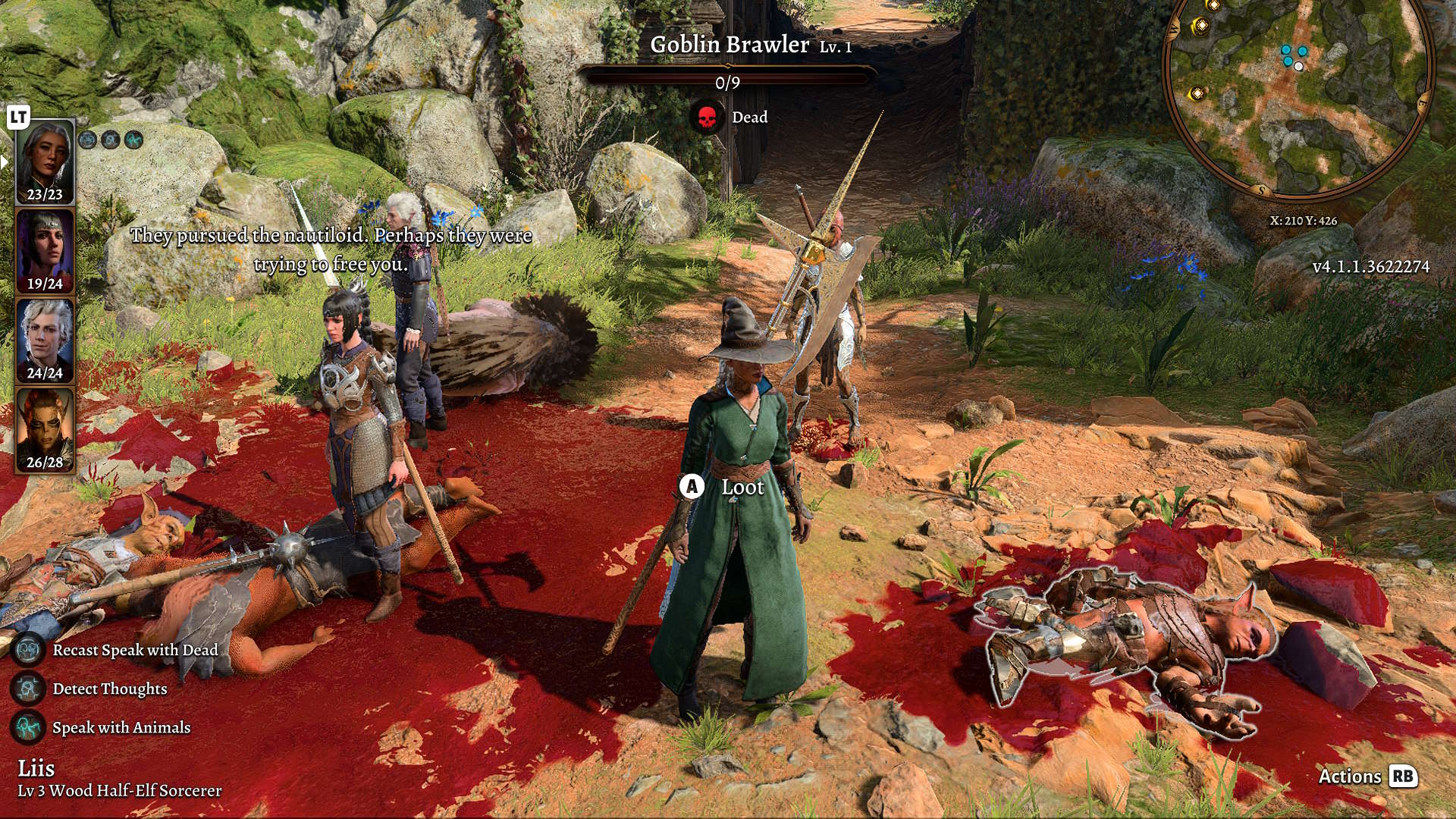
Honestly, it's been quite an accidental discovery. I never intended to play this way; I'd spent my 12 hours of the first early access build exclusively using keyboard and mouse—obviously before I bailed to avoid ruining the full game—as I also did with my playthroughs of Divinity: Original Sin 2.
It's only because I was interested to see how it played on a handheld gaming PC, and whether you could actually play Baldur's Gate 3 on the Steam Deck. And you absolutely can, in fact I'm probably going to spend most of my time with the game running it on a handheld. But not the Steam Deck. No, I need the extra GPU power and better screens of the Ryzen 7 7840U powered devices that have arrived recently, and because I crave that USB4 connection, too.
I've been playing the game wherever using the AOKZOE A1 Pro because it's got a high-res screen and the Radeon 780M iGPU, but also because it's got a USB4 port that lets me hook it up to a standard Thunderbolt external GPU dock when I'm at home. That means I can take twin advantage of both a discrete, desktop RTX 3070 and DLSS.
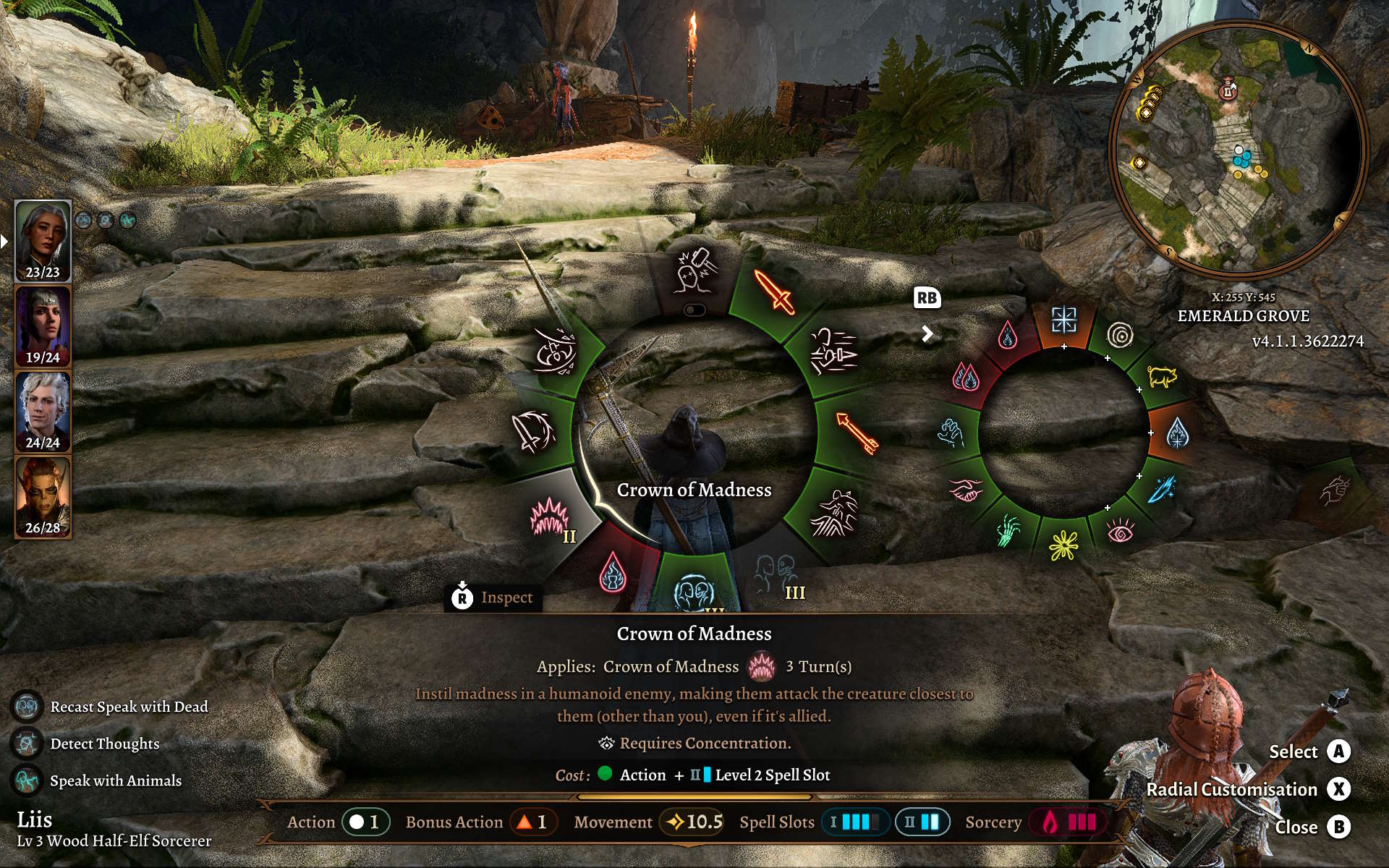
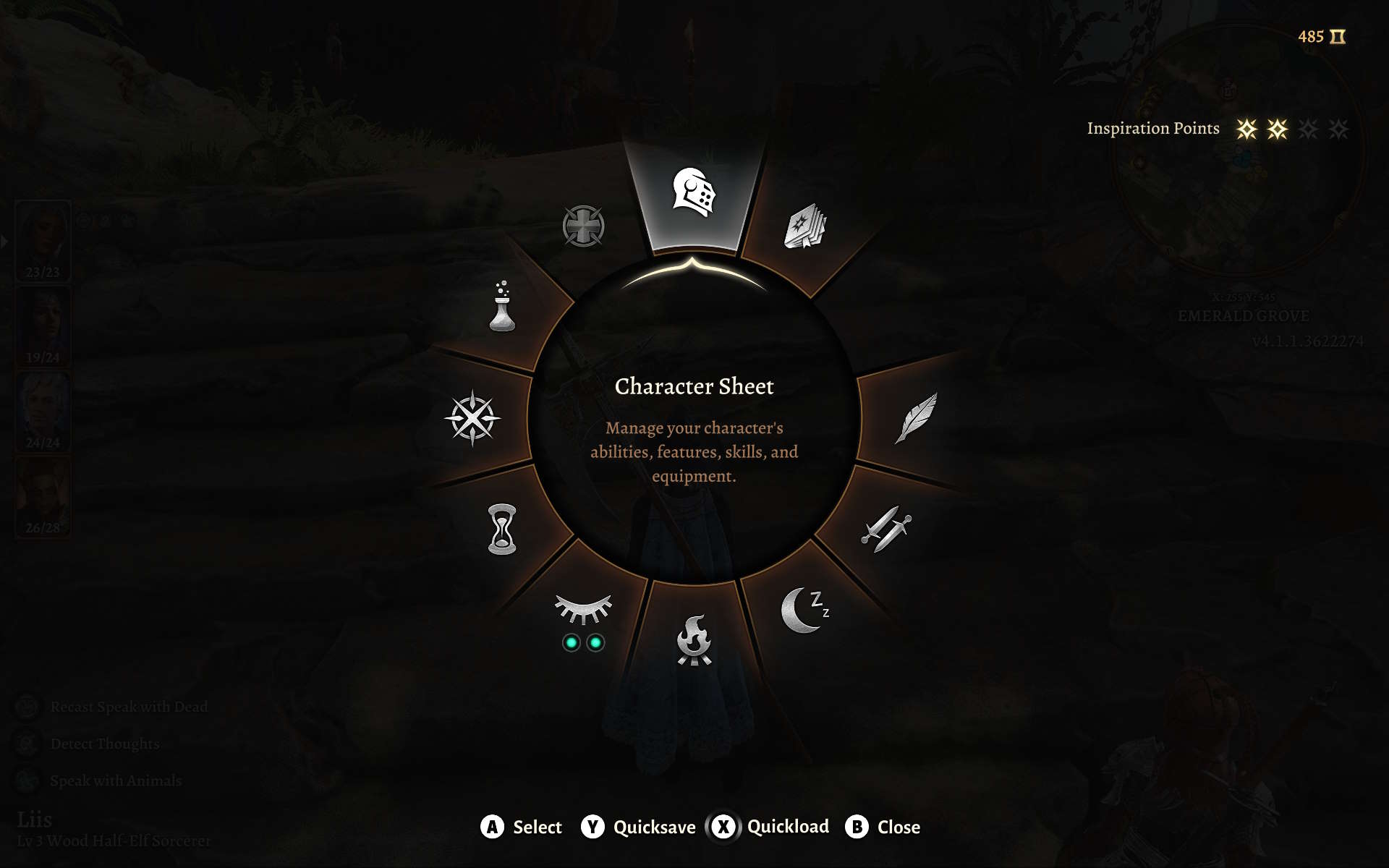
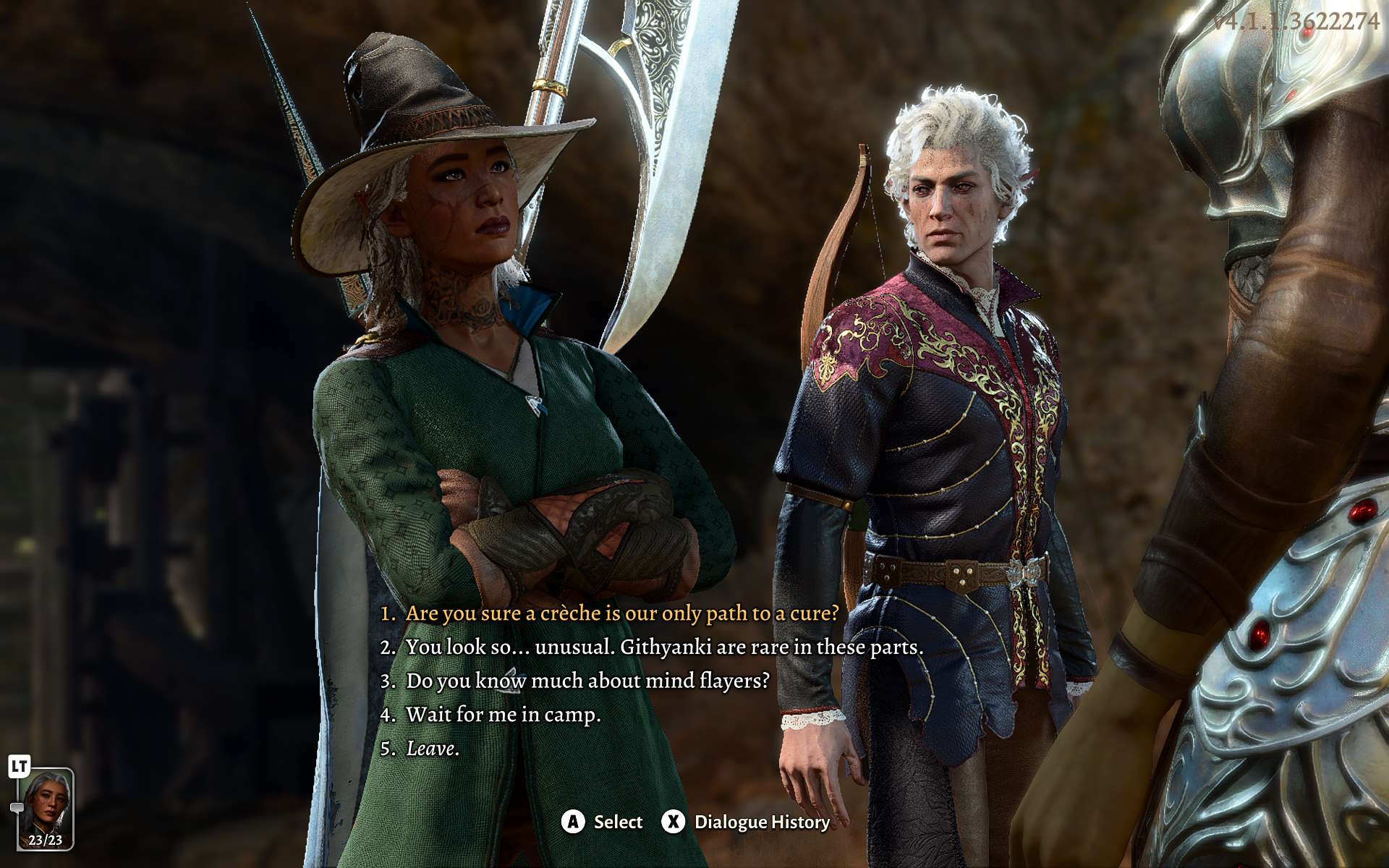
It also means I can either just hook into the Nvidia card's graphical power directly on the handheld's screen or output onto the projector in my front room. It's a frickin' vibe, I tell you.
But because it's also on GeForce Now—and has been since relatively early on in the early access period in 2020—I'm also going to be playing it on my Shield on either that projector or TV. And the controller layout means it's a joy on GFN, too.
So yeah, sorry little mouse, looks like you're going to be powered down for this one.







